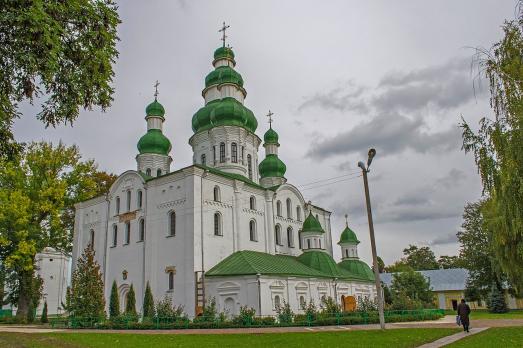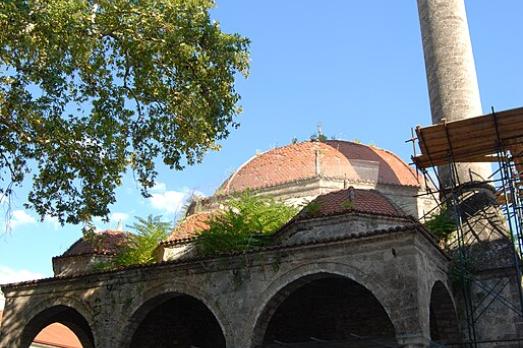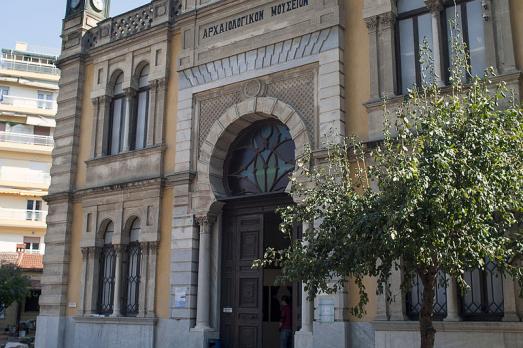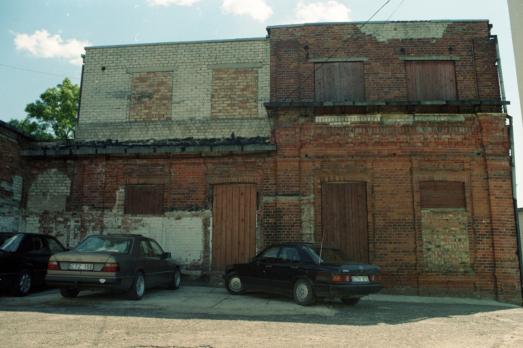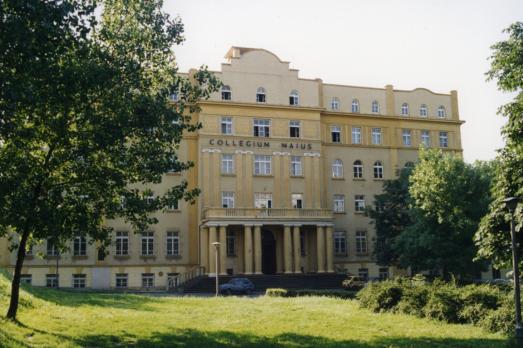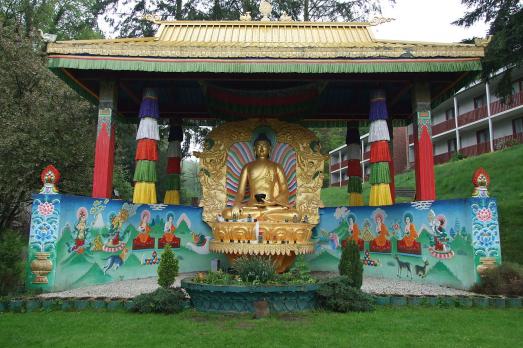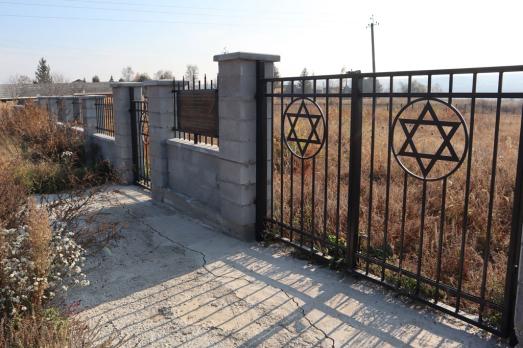
Yampil Old Jewish Cemetery
Yampil', UA
The Old Jewish cemetery of Yampil is situated on the bank of the Dniester river, on the eastern outskirts of the town. It was established in the early 18th century and today contains around 150 matzevot, dating back to the late 18th to early 20th century.
